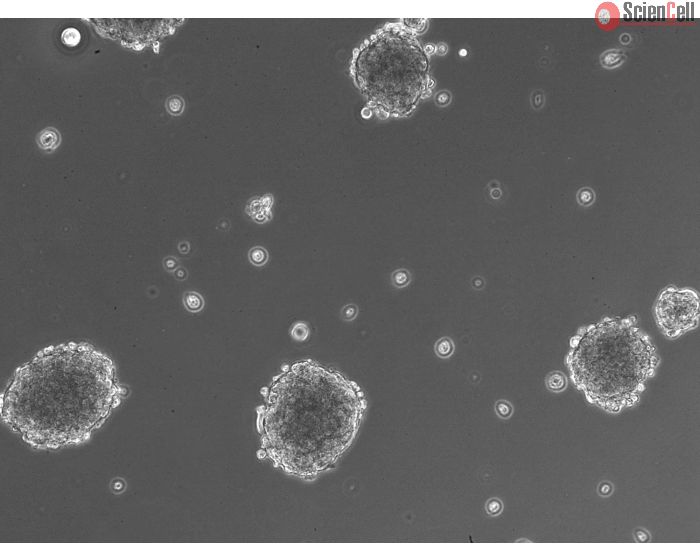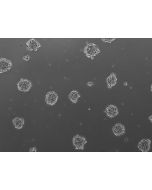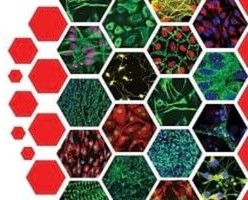Ready-to-use 3D Human Mini-Kidney Spheroids
ScienCell’s 3D Mini-Kidney Spheroids (SP3D-HMKS) are generated by co-culturing human primary renal proximal tubular epithelial cells, mesangial cells, and glomerular endothelial cells to enable more accurate prediction of tissue-level outcomes. These human mini-kidneys allow the functional maintenance of cells over time due to a more native, three-dimensional (3D) architecture. In addition, they make it feasible to study kidney diseases that are challenging to model using only epithelial cells such as fibrosis.






